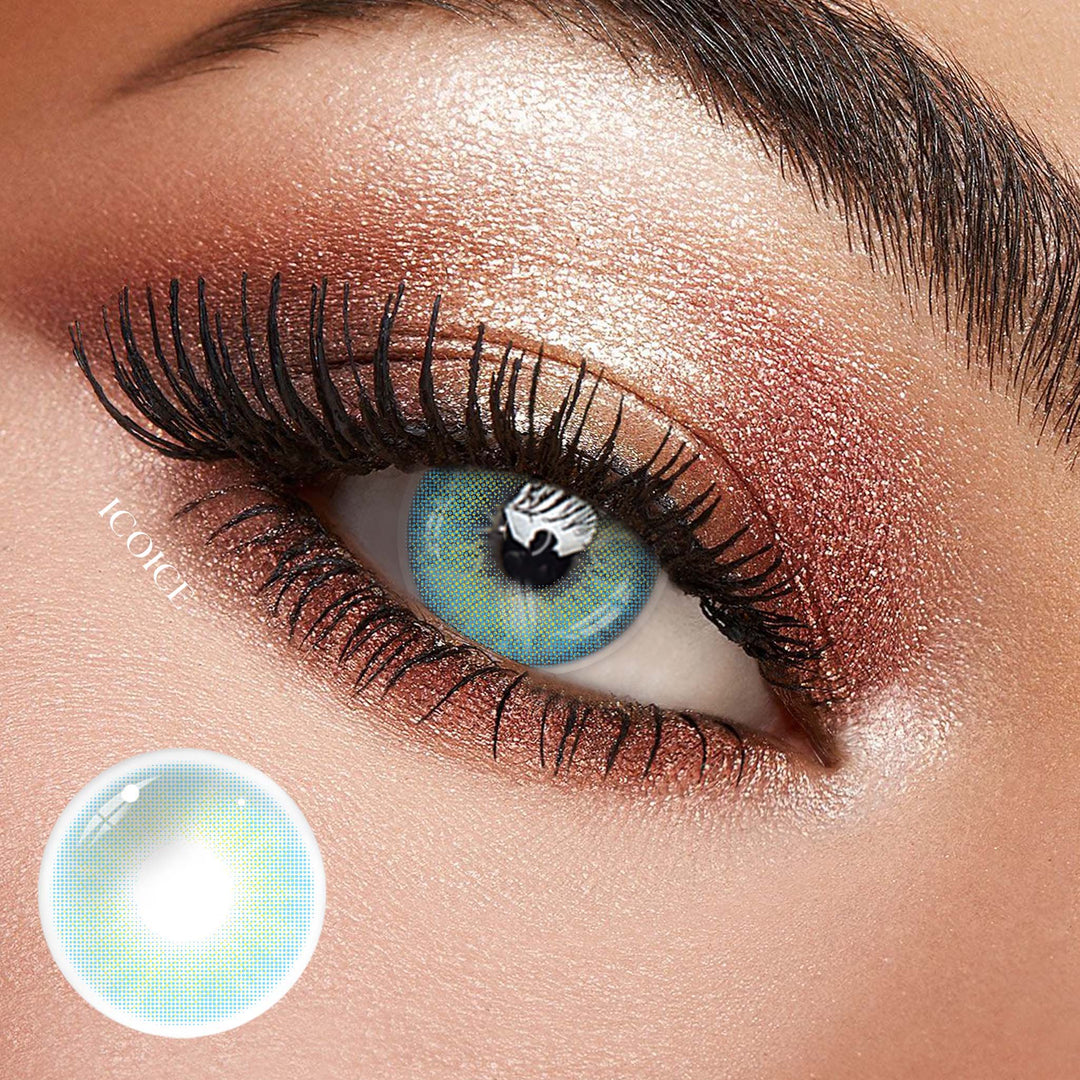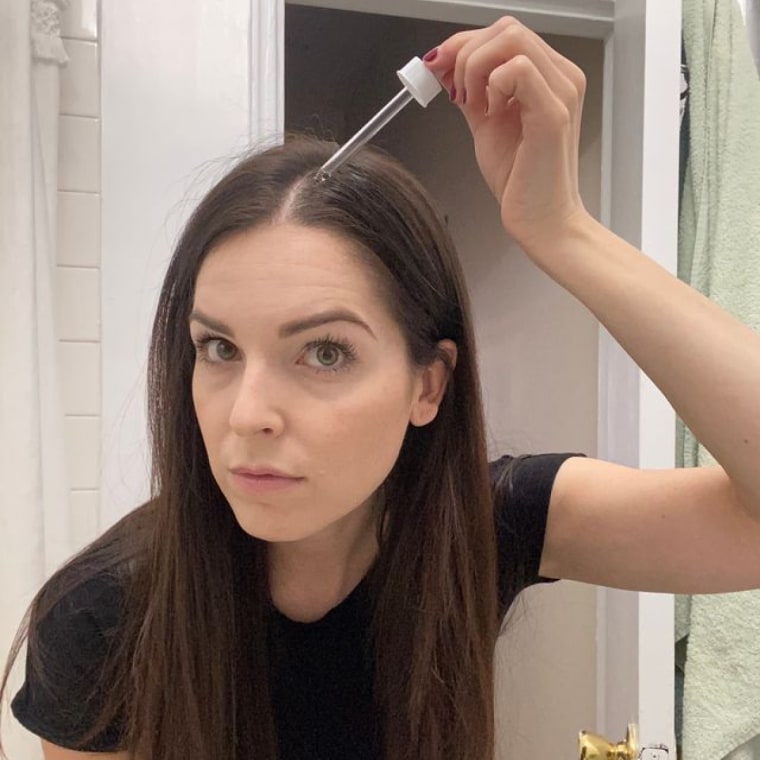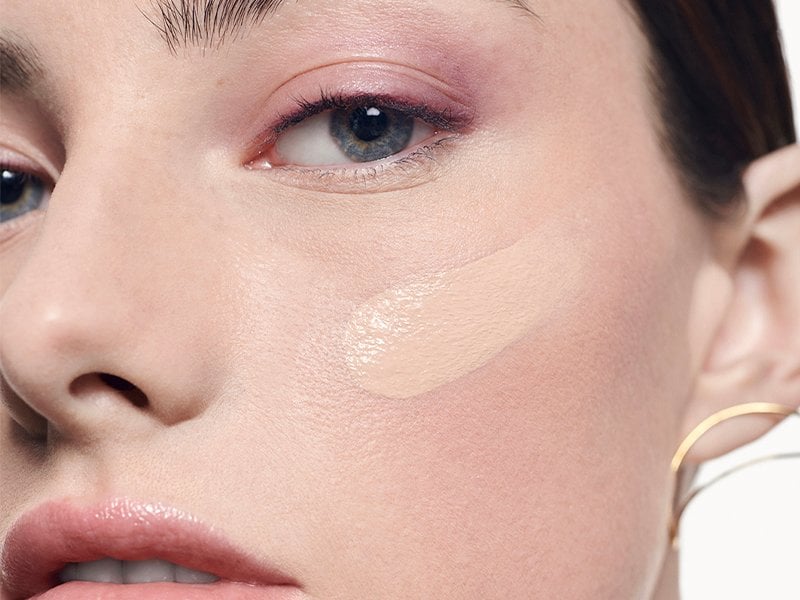Candles have been in use for over 5,000 years. While manufacturers like Abeille Candles NZ, are now producing them for a myriad of purposes, including relaxation and decoration, the first candles we made solely for lighting. These early candles were also made differently from what we have today. They were obtained by soaking straw or reed in resin. On the other hand, most of the candles you see today are either made from beeswax, paraffin wax, palm wax, or soy wax.
Table of Contents
Who Made the First Candle?
No evidence proves who developed the first candle. Some say it is the Ancient Egyptians, while others believed it is Ancient Romans. However, there is a general belief that Ancient Egyptians are the earliest users of candles, while the Ancient Romans are the people credited with the invention of wicked candles. Ancient Egyptians made their candles by soaking reed cores in melted tallow. These essentially lacked the traditional wick, and that’s why the development of wicked candles was attributed to the Ancient Romans. Ancient Romans, on their part, repeatedly dipped rolled papyrus in melted beeswax or tallow to make their candles. They then used them to light their homes, for religious ceremonies, and to help them when traveling at night.
Other Early Candle Makers
Other civilizations also made their versions of candles. The Chinese are believed to have used whale fat to make candles during the Qin Dynasty. They used rolled rice paper as the wick, and wax was obtained from whale fat or local insects and mixed with seeds. They would then use paper tubes to shape their candles. Early Greeks created tallow and beeswax candles, which they used to honor goddess Artemis on her birthday. Indians also made their candle version by boiling cinnamon fruits to obtain wax. Most of the early candles were made using tallow or melted animal fat and later beeswax, which was mainly used when candles were first introduced in Europe.
Candle Making In the 18th Century
Another significant milestone in candle making came in the 18th century during the growth of the whaling industry. It is during this time that spermaceti wax was discovered. This wax, a by-product of the whaling industry, was obtained by crystallizing oil found in sperm whales. Spermaceti wax was preferred in making candles because it gives out a brighter light, does not produce odor, and was slightly harder than tallow and, therefore, did not bend during the hot summer months.
19th Century Developments
There were further developments in the 19th Century. These were regarded as major developments in the industry because they set the standard for creating candles that we have today. Some of these developments include the work of Michele Chevreul and Joseph-Louis Gay-Lussac. They developed stearin wax in 1820, the development of mold maker in 1834 by Joseph Morgan that helped in the mass production of candles and paraffin wax in 1850. It was during this century that candle wicks were braid tightly instead of just twisting. Ironically, despite being the century with the most developments, it was during this century when the candle industry experienced a rapid decline due to the light bulb’s invention in 1879. Ever since, candles have been used more as decorative items than for lighting purposes.
Candles Today
Candles, as we know them today, have deviated from their original design and use. They’re now available in different blends of wax, shapes, fragrances, color, and shape, depending. They’ve also come a long way in terms of use, with the most common uses including celebrations, setting a mood for romance, relaxation, and decoration, among others. While the use of candles has been limited to a few occasions, it still forms an integral part of our lives!














